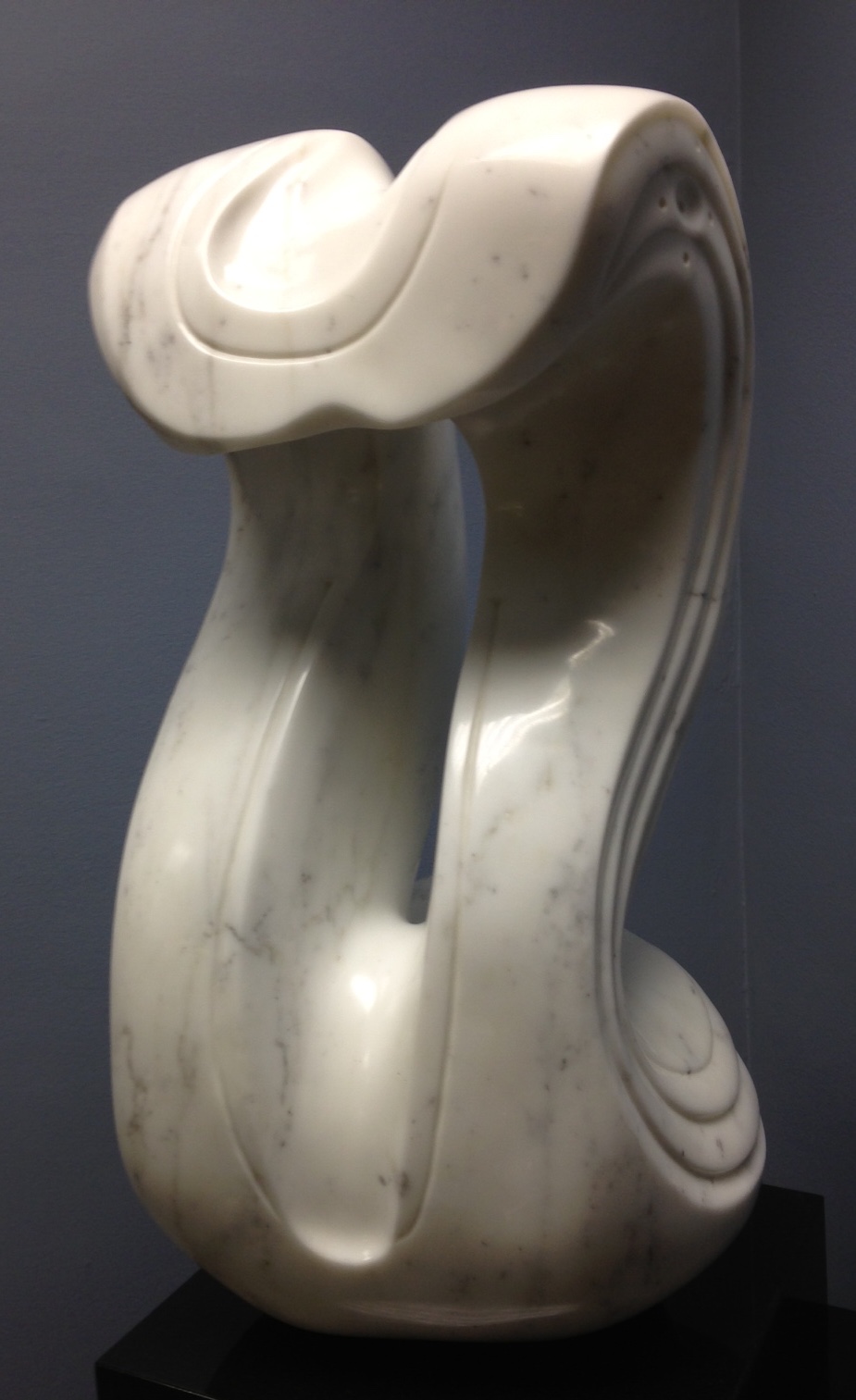Dr. Ralph Greco, a talented physician at Stanford Medical School, conducts research, but his biggest contribution to the field of medicine does not involve a pipette. Greco’s biggest contributions have been his improvements to the surgical residency program at Stanford. When asked about his motivation for researching resident wellbeing, Ralph Greco recites the chilling story of a promising student’s suicide. This incredibly talented man had graduated from the Stanford program and was completing further training in Chicago when he died. Greco recalls the memorial service he held in his house as particularly somber since the resident had left notes for his parents, recounting the verbal abuse he experienced daily from a surgeon in the program.
The history of resident abuse can be charted back to a specific doctor from the 1800s. Greco cites surgeon William Stewart Halsted as the father of both the modern residency program and the cruelty associated with it. Greco’s theory is that Halsted’s implementation of the residency program at Johns Hopkins University had a basis in verbal abuse and authoritarian behavior, likely the result of his cocaine addiction. Because Halsted formally trained the first chairs of many medical schools, the cycle of abusive role models continued. After his resident died, Greco wanted to create a change and prevent further resident abuse.

Greco, along with other esteemed academics interested in resident wellbeing at Stanford, began to break the cycle. Stanford was among the first institutions to implement a mandatory 80-hour workweek for residents: a precedent that other medical schools soon followed. He also created the Balance in Life program at Stanford—a program focused on promoting physical, psychological, professional, and social balance among residents through events, mentorships, healthy food and mental health initiatives. Since then, Greco has devoted the latter part of his career to improving the residency system, and he hopes to stop mentors from participating in abusive behavior targeted at residents.
Not all medical professionals support Greco’s intentions, however. Greco recognizes that hospitals are reluctant to pour money into resident wellbeing—and into medical schools in general—because they want to maintain their efficiency. He has also had difficulty changing the mindset of doctors who once dealt with abusive behavior themselves: “Just as people who are abused sometimes become abusive parents, and learn to do that, this mindset becomes part of the upbringing,” Greco explains. The cycle is difficult to break.
Greco has not limited himself to the pursuit of scientific endeavors. He is also an avid sculptor, and has been since he picked up the hobby at Princeton when an art teacher “took him under her wing.” Greco now considers stone his favorite medium. Art is extremely important to Greco, and he connects the activity to his focus on resident wellbeing. By pursuing his passion for art, he hopes to model a healthy work-life balance and show residents and doctors that they can make time for the hobbies that they love. He admits that finding this balance is difficult during residency, but creating a foundation for students to have a healthy mindset is critical.
Greco cites Yale as an important place that opened doors for him as a physician scientist. He still talks with friends from medical school, and he continues to attend reunions. Dr. Greco plans to formally retire from Stanford next year, but he does not anticipate problems with his program after his retirement. He has already recruited the next leader of the program, and Greco is confident that she will continue working to educate residents and improve their lives at work. In retirement, Greco hopes to advance his artistic prowess and continue creating stone sculptures, although he does point out that stone is not the lightest material to work with.

